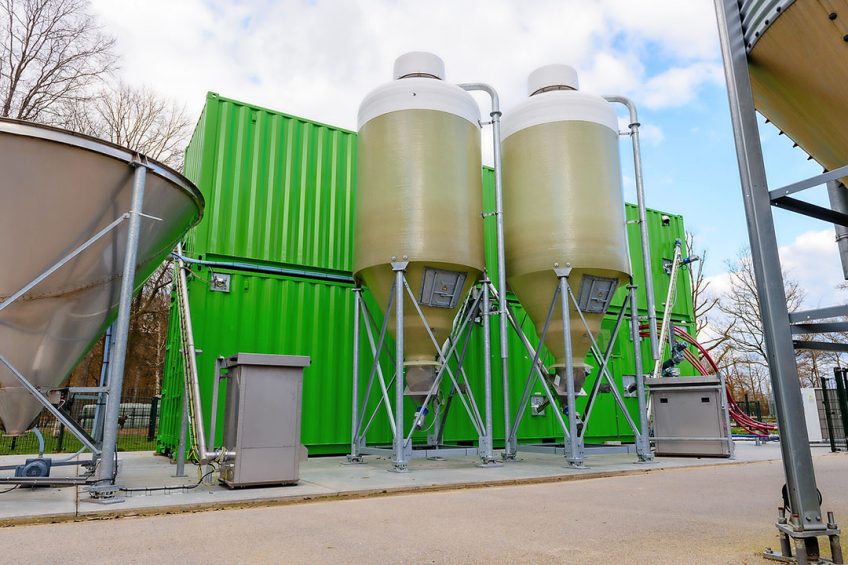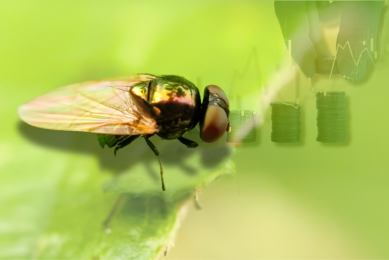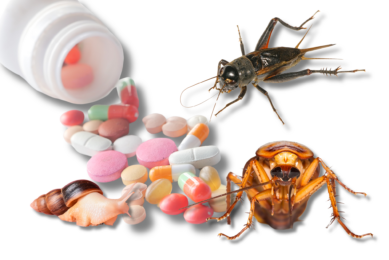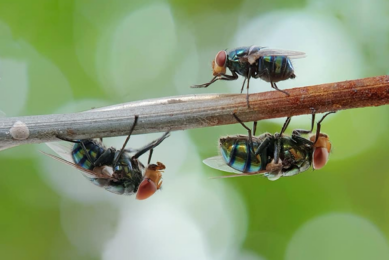On-farm insect breeding for poultry feed seems feasible

Feeding insect larvae to chickens grown on the poultry farm itself seems feasible in the short term.
This became clear during a webinar of the Dutch Poultry Expertice Center (PEC) and insect company Amusca B.V. Tuesday, May 18. Amusca B.V. in is a developer of smart insect technology to produce insect larvae locally worldwide. Walter Jansen, director of Amusca, has been developing insect farming for application at poultry farm level for 12 years.
Test setup: Insect Experience Center
Aeres school in Barneveld, the Netherlands, and PEC see opportunities for feeding insects to poultry. Both want to explore the possibilities of insects in poultry feed and insect breeding and want to share knowledge (internationally). That is why, at the end of last year, Barneveld has installed a breeding unit for fly larvae from Amusca B.V..
A harvest of 3,500 kilos of larvae after 3 days
The Amusca HF-Larvae Breeding Unit consists of 2 sea containers in which flies grow from egg to larva / pupa. The unit contains 6 million flies that lay 151 million eggs in 24 hours. Larvae hatch here after 8 hours. After 3 days, 3,500 kilos of larvae can be harvested for animal feed. About 15 kg of the larvae develop into pupa and fly for the next cycle.
A breeding unit enough for 100,000 chickens
The larvae grow on products that are not used for human or animal nutrition, such as beet pulp, wheat or maize yeast concentrate, food residues from supermarkets and slaughter by-products. The heat produced by the larvae is used to heat the fly cage. According to Amusca director Jansen, a breeding unit is sufficient to breed larvae for about 100,000 chickens. The test unit will be started up in the coming weeks.
Protein transition
Insects can be an alternative to soy protein in poultry feed and contribute to reducing soy imports. According to Eltjo Bethlehem, business manager at PEC, insects can be an important step in the protein transition and towards more regional food production. In addition, it lowers the CO2 footprint.
Greater welfare and animal health with larvae
Insects can be fed to poultry in 2 ways:
- live (larvae, mixed in the chickens’ feed line),
- dead (as meal, added to the compound feed at the feed factory)
According to the literature, insect protein contributes to improving gut health, said WUR researcher Teun Veldkamp. And feeding live larvae contributes to the search behaviour and thus the welfare of the chicken.
More research needed on feeding insects to poultry
Much remains to be researched about feeding insects to poultry in order to use it successfully. For example, how chickens digest insects. This requires digestion research with insect meal, says Laura Star, researcher in poultry nutrition at Schothorst Feed Research. Then feed manufacturers can include it in their feed compositions. It is important that the quality of the insects is constant. According to Star, insects can replace 10-15% of the raw materials in poultry feed.
When it comes to research, according to Teun Veldkamp, there is still much to discover in the substrate on which the insects are grown in order to influence the fatty acid composition of the insects.
Insect researcher Leo Beukeboom thinks that the composition of insects can be influenced by applying breeding techniques. He thinks there is much to be gained economically by changing the sex ratio between males and females. After all, it is only the females that lay eggs from which larvae grow.
Amusca director Jansen’s ideal is to let insects grow on manure. However, this is not (yet) allowed. “I can process all manure into insect protein.”











